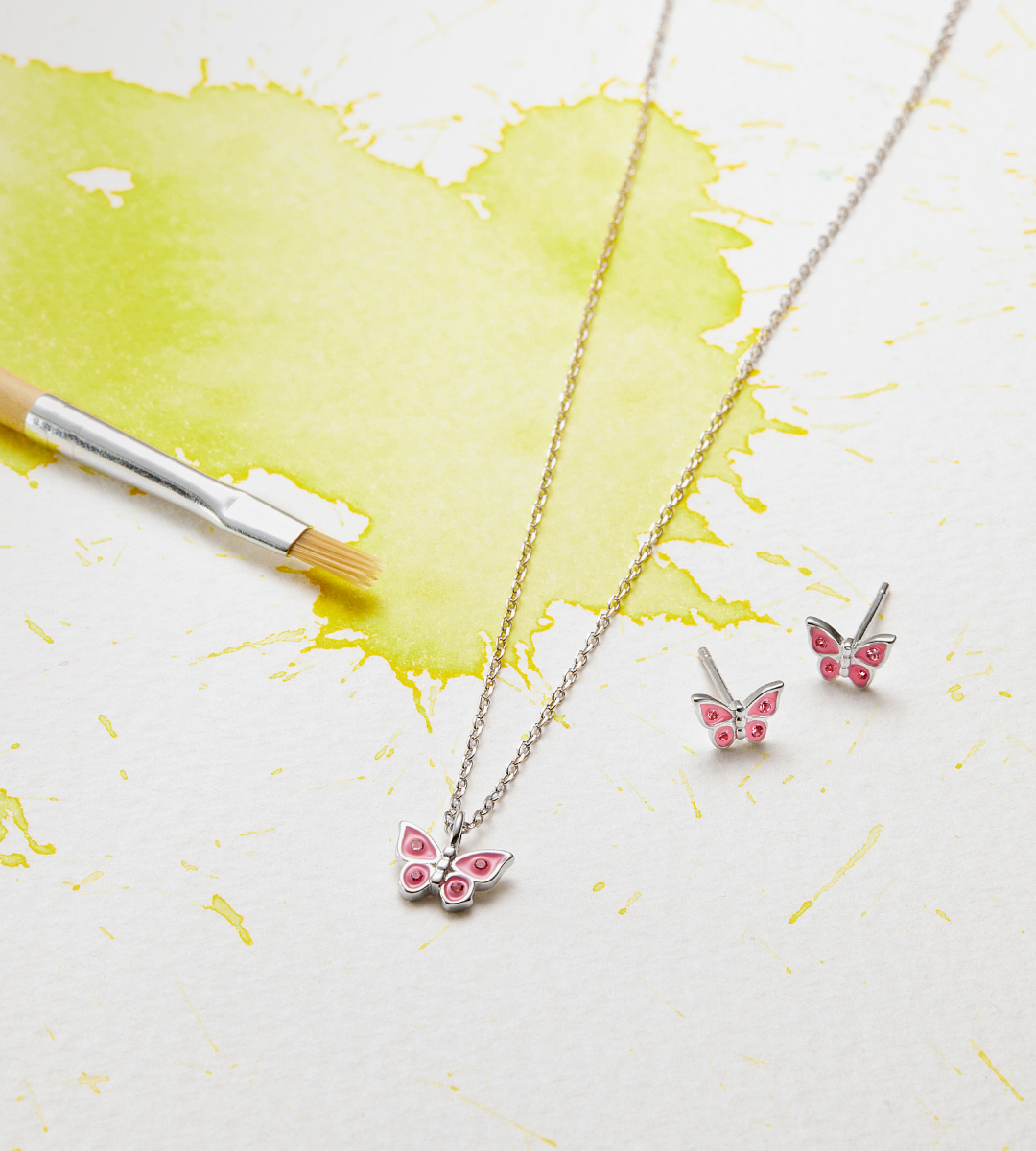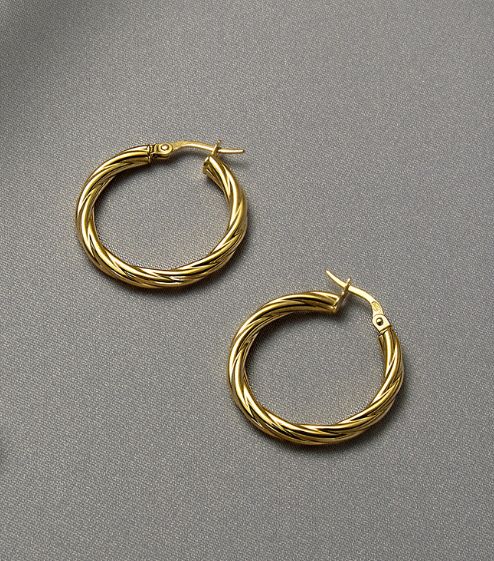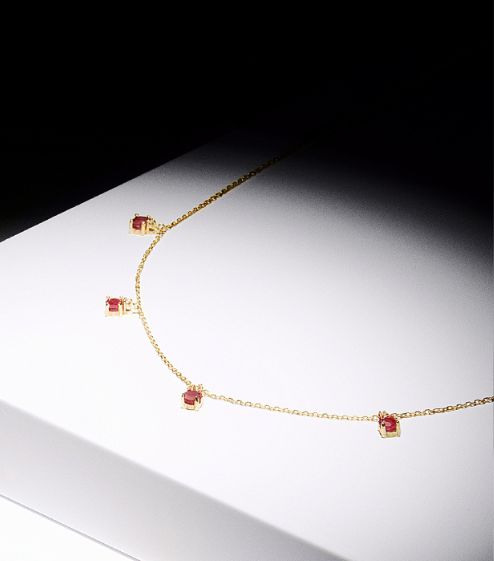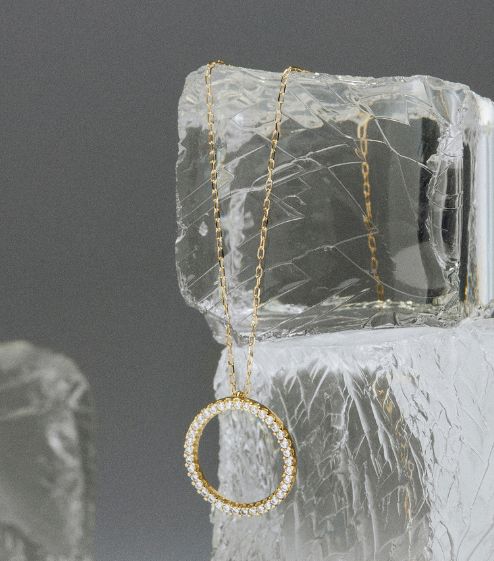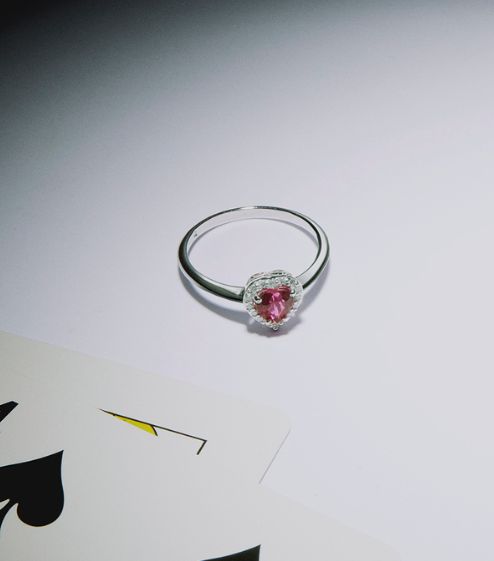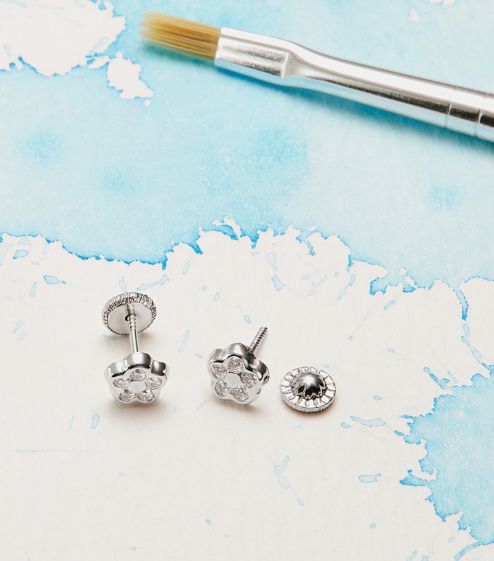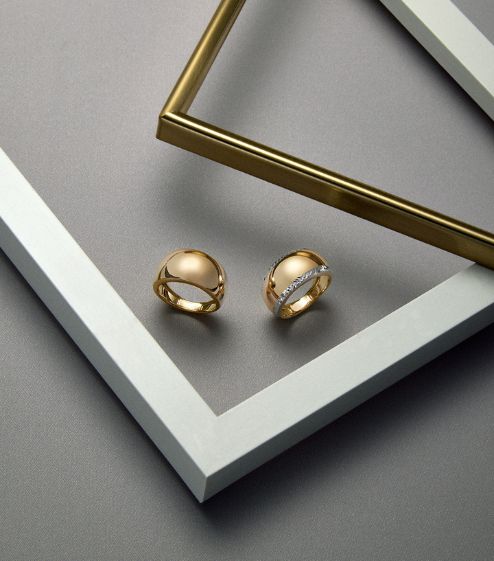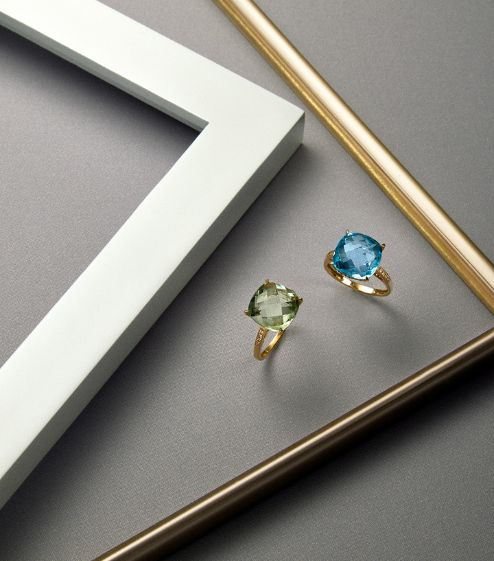

What is sterling silver? Characteristics and care

A common question when buying silver jewellery is understanding the different terms used to describe it: pure silver, sterling silver, 925 silver, sterling 925 silver… Perhaps the last one is one of the most popular designations, but it can be confusing to differentiate it from other types of silver. This confusion may lead to uncertainty when purchasing silver jewellery. However, it is actually much simpler than it seems, which is why, in this article, we will explain in detail what sterling silver is.
It is important to note that pure silver (also known as fine silver) exists in nature, but it is not used in jewellery because it is too soft and fragile, making it more susceptible to damage and deformation. This is why silver alloys with other metals have been developed, improving the durability and resistance of jewellery.
Now that you are aware of this, it will be easier to understand what 925 sterling silver is.
Sterling silver
Sterling silver is also known as 925 silver or sterling 925 silver—hence the confusion surrounding the term, when in fact, they all refer to the same thing!
The origin of the name "sterling silver" dates back to Old English. This proportion of silver was used in England to mint silver coins that featured a star ("ster") on each side, giving rise to the term "sterling silver."
It is common for sterling silver jewellery to have a small engraving with the number 925 to indicate its composition.
Characteristics of sterling silver
Sterling silver is the most popular silver alloy and has specific characteristics that define it:
- It is composed of 92.5% pure silver and 7.5% of another metal (out of 1000 grams, 925g are silver, and 75g are another metal).
- The other metal can be zinc, tin, germanium, or platinum, but the most common is copper.
- Copper has little effect on the colour of the silver.
- This combination with another metal is what makes it more durable and resistant.
Does sterling silver tarnish?
Another common question regarding sterling silver is whether it oxidises. Silver is a noble metal, meaning that sterling silver does not oxidise, but it can darken. This process, called sulphurisation, occurs when hydrogen sulphide in the air comes into contact with silver jewellery, causing a change in colour.
Sterling silver jewellery that comes into contact with water or certain chemicals may also change in colour. Additionally, factors such as metal alloys, daily wear, and exposure to external elements can affect its shine and tone over time. However, while sterling silver may appear to lose its lustre, this can be easily prevented with proper care and cleaning.
How to care for sterling silver
Although 925 sterling silver jewellery is easy to maintain, several factors can alter its appearance:
- The pH of your skin.
- Sweat.
- Lotions and other cosmetics.
- Cleaning products and soaps.
- Sun exposure.
The simplest way to care for sterling silver jewellery is to clean it regularly with warm water and mild soap to remove accumulated dirt. After washing, dry the jewellery with a soft cloth or cotton fabric. Additionally, there are specific silver-cleaning products available in shops.
To avoid the need for deep cleaning, it’s best to routinely maintain sterling silver jewellery by wiping it with a cloth to remove dirt and restore its shine. Storing jewellery in a jewellery box (preferably separately) and avoiding contact with water—especially at the beach or swimming pool—will help keep it looking as beautiful as the day you bought it.
Now that sterling silver is clearer to you, don’t forget to visit our website and explore our catalogue to find your favourite silver jewellery. Enjoy your new silver pieces!
*This translation has been generated automatically.

